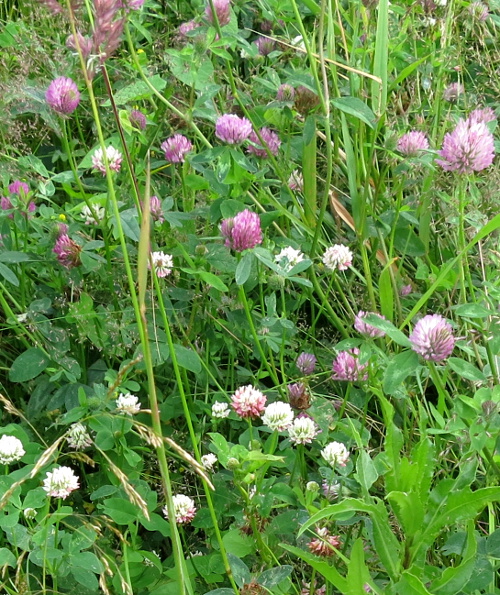There are my roses in the front garden. Although they're nicely blooming soon I'll prepare them to overwinter: cut, cover with soil and cloth. But now I enjoy seeing them.
'The Folklore' rose
'The Golden showers' rose
my new rose 'Summer wind'
'The Fairy' rose
'Pristine' rose
'Red cover' rose
The hydrangeas bloom too late this month due to cool July.
'Grandiflora '
'Limelight'
(it was early morning)
The hanging baskets please me with their colorful flowers, red and white impatiens, Royal pelargonium, petunias.
Along the paths the phlox opened their buds, white begonia and nasturtium continue to flower despite on rains (snails love them much. I wonder the snails multiply with mad speed after every rain).
New white water lily swings in the pond instead of faded crimson one. The first dry birch leaves drop into the pond.
The weather is warm and rainy till now so I think this summer will long a couple of weeks or more.
Callistephus and Echinacea





















































